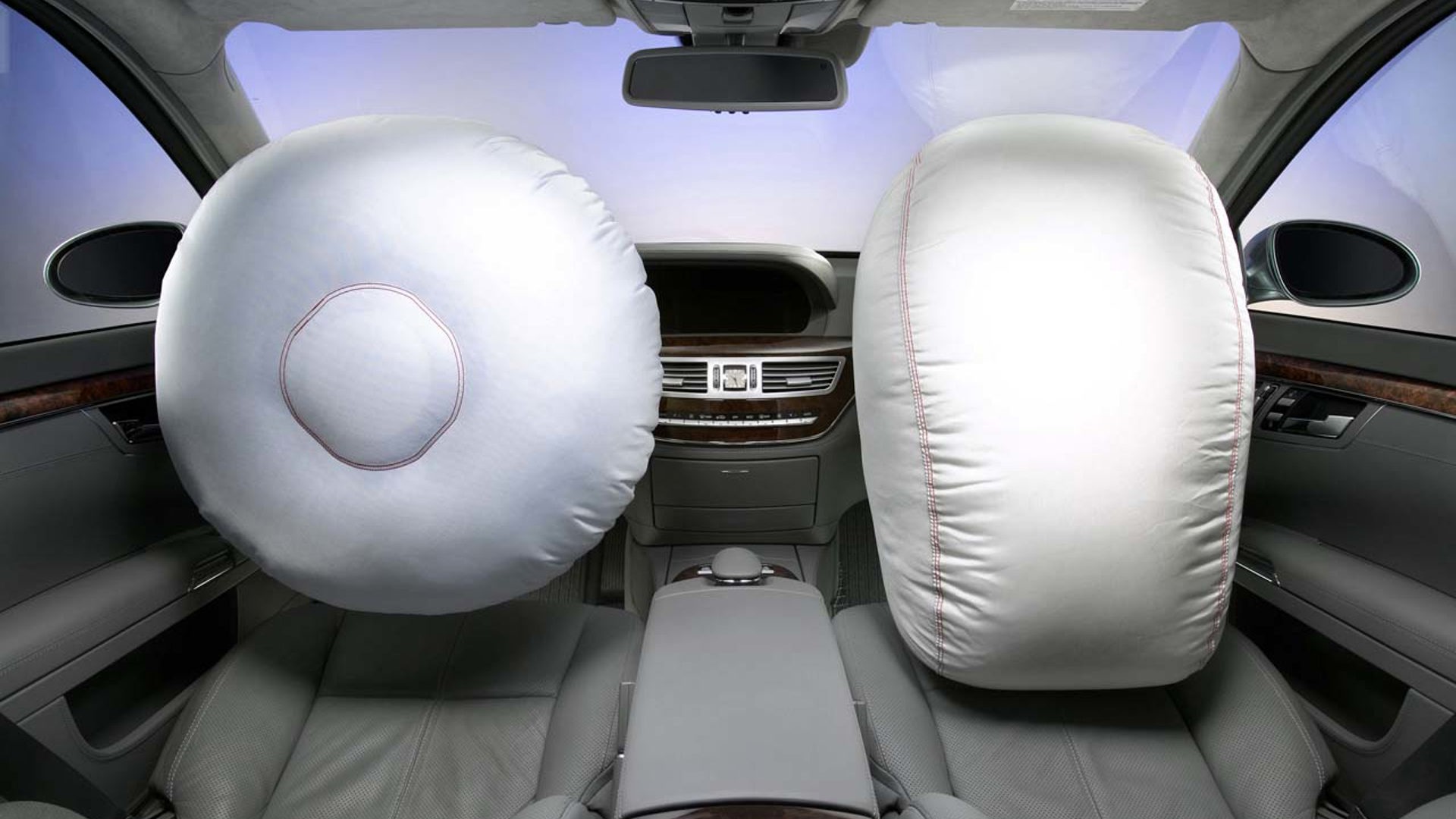If you’ve been following the car market for many years, you’ll notice that some features are headlined in every ad, but after a while, they seem to fade away.
In most cases, it isn’t that they’re no longer available, but that they’ve become common enough – or mandated by government – that the automakers don’t mention them anymore.
So what can you expect your new car to have, and what might be an extra-charge option? We’ve compiled a list of the haves and have-nots (or rather, have-maybes).
ABS – Required
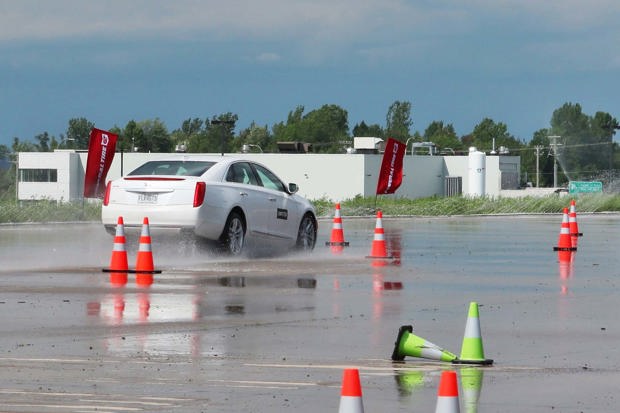
An anti-lock braking system, or ABS, is required on every new vehicle sold in Canada. In a vehicle without it, jamming on the brakes in a panic stop can cause the wheels to lock up and slide. ABS rapidly pumps the brakes – faster than any driver could – which allows the tires to grip the road and stop. If the ABS comes on, you’ll hear a rumbling noise and the brake pedal will pulsate. Keep your foot firmly on it and let the ABS do its job.
Electronic Stability Control – Required
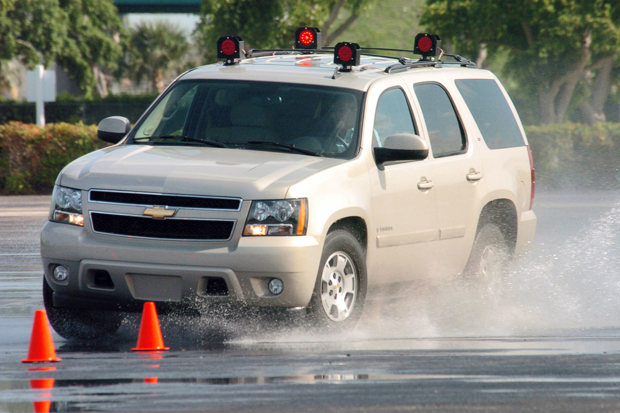
This is the generic name recognized by Transport Canada, which has required it to be on every new vehicle since the 2012 model year. Automakers may have their own names for their proprietary systems, including StabiliTrak, AdvanceTrac, and Vehicle Dynamic Control. ESC determines where your vehicle is going in relation to the direction you’re steering. If it detects a skid, it brakes specific wheels and reduces the throttle to bring the vehicle back in a straight line.
Traction Control – Required
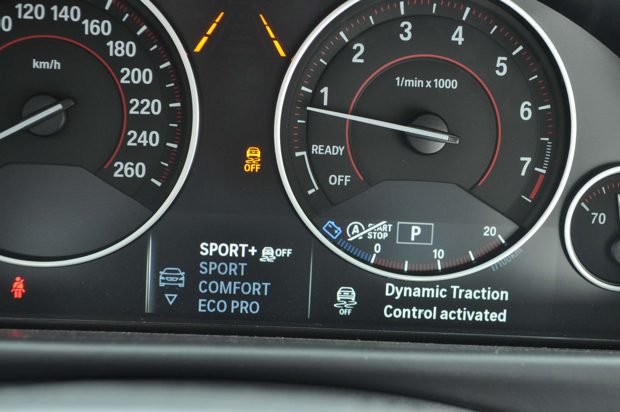
This is part of the ESC system, so your new vehicle will come with it. If one wheel spins on a slippery surface, traction control applies its brake. The wheel on the other side subsequently gets more torque to get the vehicle moving. On most vehicles it’s possible to temporarily turn off the traction control if wheel spin will help you get out of deep snow (or if you want to have some fun at the track).
Airbags – Optional… kind of
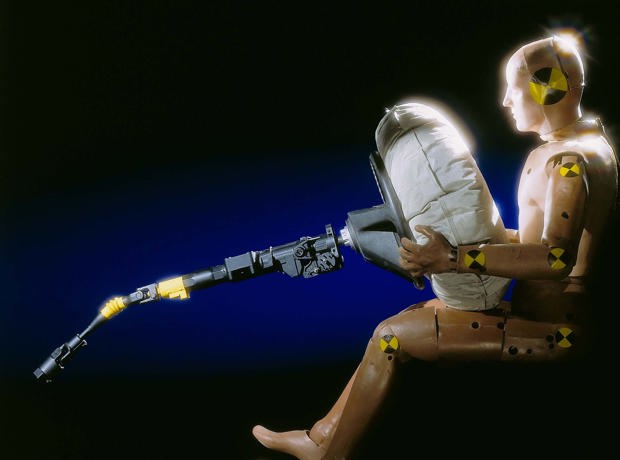
Your new vehicle will come with airbags in the steering wheel and the passenger side of the dash. Virtually every one will also include front seat-side airbags and curtain airbags. Beyond those six, many will add extra ones, which can include for the driver’s or passenger’s knee, for the rear seat sides, or in the front passenger seat cushion to prevent an occupant from sliding forward.
Here’s your trivia for today: While your vehicle will have front airbags, Transport Canada doesn’t require them. The US government does – but Canada instead mandates a front occupant safety standard which, in theory, could let automakers use any system that meets it. But since airbags do, and vehicles have been designed and tested for them because of the US requirement, that’s what we get.
Brakes – Required
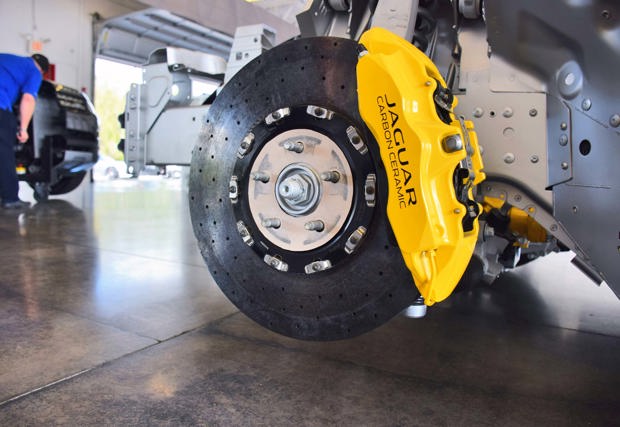
Every new vehicle has disc brakes on its front wheels. Most will also have them on the rear wheels, although some entry-level models (and the Toyota Tacoma pickup truck) will have drum brakes on the back.
Seatbelts – Required, and they must all be three-point
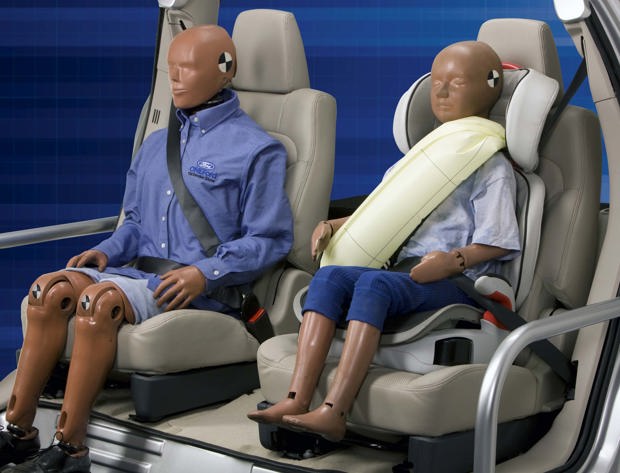
Your new vehicle will have a seatbelt for every seating position, and each one will be a three-point belt, meaning it’s a combined lap and shoulder belt. Prior to 2015, Canada allowed the middle belt in a three-passenger rear seat to be a lap belt only.
Mirrors – Required… but not entirely
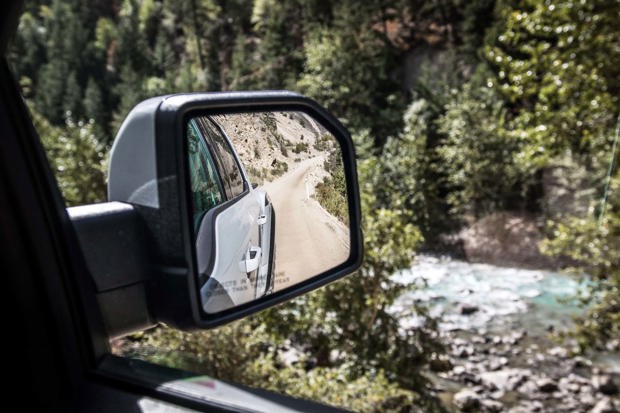
Your vehicle will have an exterior mirror on the passenger side, of course, but oddly enough, Transport Canada doesn’t require automakers to put one on. Some vehicles offer auto-dimming mirrors, which darken to reduce glare when they detect headlights at night. Depending on the vehicle, this feature may be just on the interior rear-view mirror, on the rear-view and the driver’s-side exterior mirror, or on all three.
If you’re a Jeep Wrangler fan, you’ll notice that the doors can be removed – but this also removes the exterior mirrors. Officially, this is for off-road use only. If you drive without doors on the street, you could potentially get pulled over for not having your driver’s mirror.
Rear-view Camera – Required
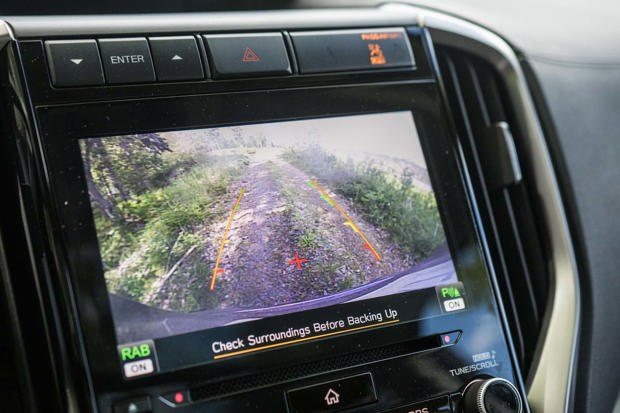
As of May 1, 2018, all new light-duty vehicles (pretty much any car, SUV, or pick-up truck) must come equipped with a rear-view camera. Most will display the scene out back in the vehicle’s centre infotainment screen, but on some, it may be in the rear-view mirror or in the instrument cluster.
Collision Warning, Autonomous Braking, Blind-Spot Monitoring, Lane-Keep Warning, etc. – Optional
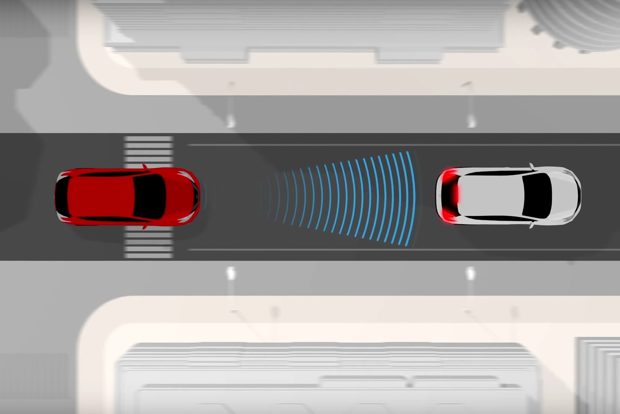
Other than the now-mandated rearview camera, other electronic safety devices are up to the manufacturer. Such items as blind-spot monitoring, lane-keeping assist, adaptive cruise control, and emergency front warning and braking systems may be offered as standard or optional features, but they’re not required by law.
Daytime Running Lights – Front required, rear required soon
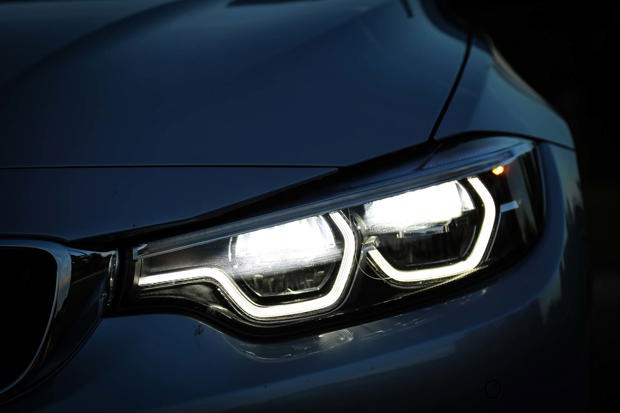
Every vehicle in Canada must have front daytime running lights (DRL), which come on automatically when you’re driving. Transport Canada has mandated that the rear lights need to come on with them, but that won’t take effect until September 2021. In the meantime, turn on your lights whenever other drivers may have difficulty seeing you, including in rain or at dusk.
Automatic headlamps, which come on when a sensor determines it’s dark enough, are offered by several automakers but are not mandatory. Automatic high-beam headlamps, which dip down when they detect oncoming traffic, are also offered on many vehicles but are not required.
Tire Pressure Monitoring System – Optional
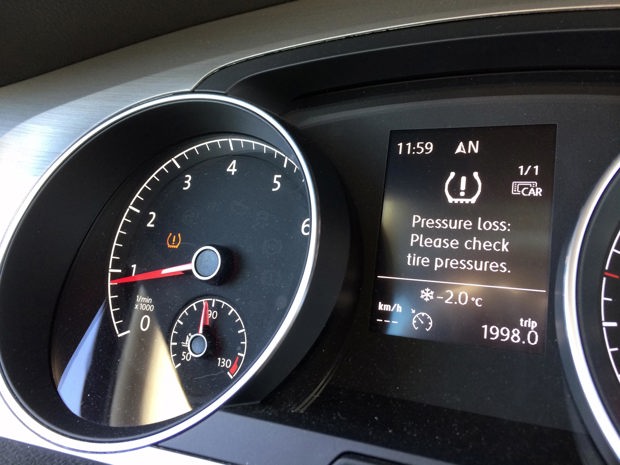
TPMS uses sensors to measure tire air pressure. If it drops below the recommended level, you’ll get a warning. Some only give a general notice, while more sophisticated ones will give you a readout and tell you exactly which tire is the problem.
TPMS is mandatory on vehicles sold in the US, but not here. It’s often included on Canadian models but there’s no guarantee it will be, especially on entry-level vehicles. The systems use either direct sensors inside the wheels, or indirect external ones that measure wheel speed. If your vehicle has a direct system and you switch your wheels for winter ones, your TPMS won’t work unless you put sensors in your winter wheels too.
Air Conditioning – Optional
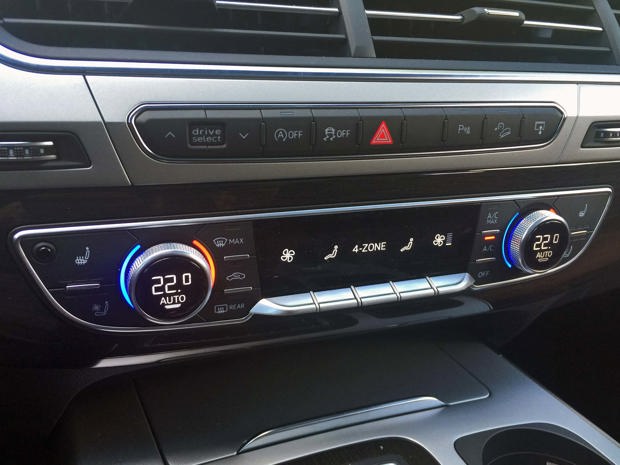
Although it’s pretty much standard equipment in almost everything, air conditioning may be missing on the base trims of entry-level vehicles – which lets automakers advertise a rock-bottom low price. If you’re comparison-shopping this segment, look at the features list. A pricier model with A/C may ultimately be cheaper than adding it as an option to an unrefrigerated rival.
What type of air conditioning you get may depend on the model. Manual climate control means you adjust the temperature and fan speed yourself. Automatic climate control means you set the desired temperature and the system handles the rest (although it can be manually operated if desired). Dual-zone automatic means driver and front passenger can select different temperatures. Three-zone or four-zone automatic means those in the rear seats can make their own warmer-or-cooler choices.
Climate-Controlled Seats – Optional
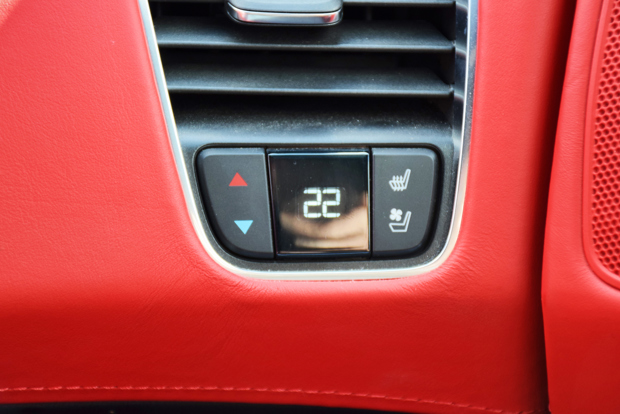
If an automaker advertises heated seats, count on it being the front ones only. If a vehicle also has heated rear seats, virtually all are the outside ones only, not the middle position. “Ventilated” seats use a fan to blow ambient air through perforations in the upholstery, while “cooled” seats blow cold, air-conditioned air.
Steering Wheel – Required
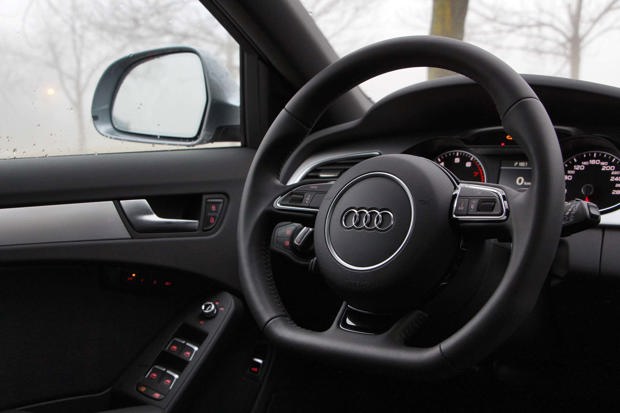
Most automakers give you a tilt and telescopic steering wheel, but some entry-level models may only tilt, and the cheapest might not even do that. Some premium vehicles have power-operated tilt and telescopic adjustment.
Child Seat Anchors – Required
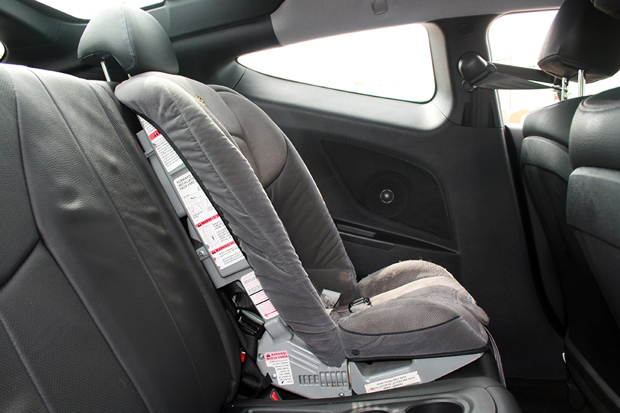
They’re commonly called LATCH here, for Lower Anchors and Tethers for Children, although that’s actually the American term. In Canada, the system is properly known as LUAS (Lower Universal Anchorage System) or CANFIX.
A vehicle that seats five or fewer must have at least two seats in the second row with tether anchors. Vehicles that hold six or more need at least three seats equipped with anchors. While every automaker has to put them in, some are easier to use than others. When you’re shopping, take your child seat to the dealer and try installing it.
